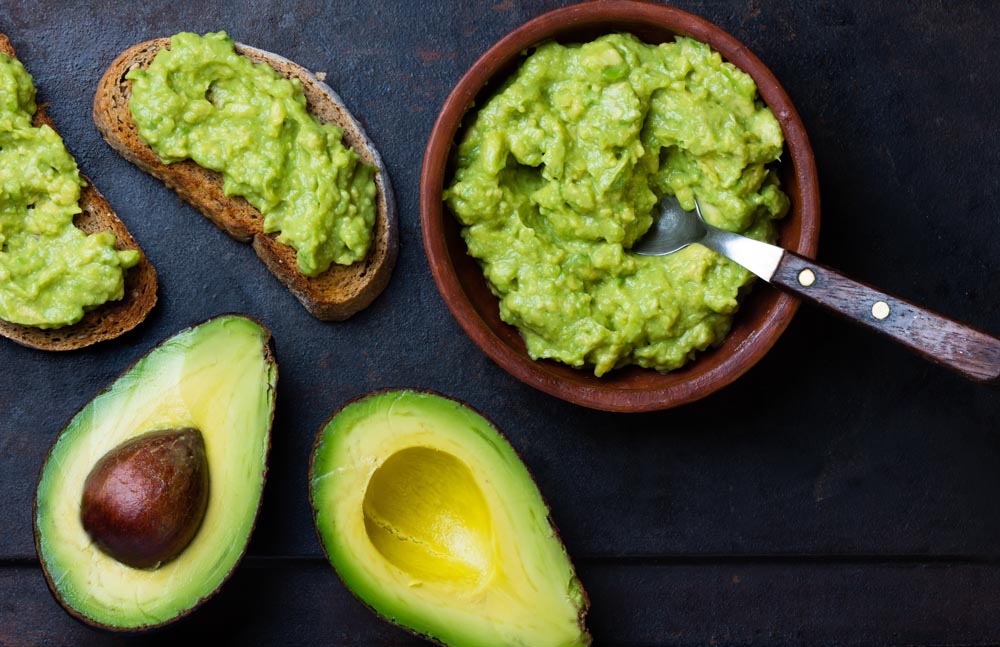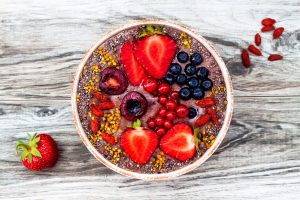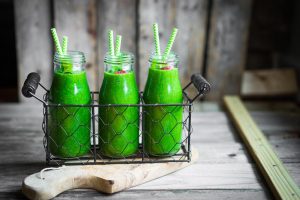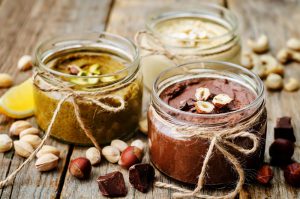

WHAT'S FOR BREAKFAST?
There’s a few facts about breakfast that may surprise you:
- An Australian study found at least 80% of Australians made time for breakfast, despite their busy lifestyle. Less than 3% of people never ate breakfast, mainly because they weren’t hungry in the morning.
- One in five Australians had their breakfast outside the home (at least until recently); 20% chose ‘on the go’ foods for breakfast.
- We’re creatures of habit, mostly eating the same things for breakfast each day. The good news is that the top choices are nutritious.Cereal with milk and fruit is the most common breakfast food; followed by whole grain toast, cooked hot breakfasts, yoghurt, and fruit; with avocado and peanut butter the outstanding favourite toast toppings (I thought it might have been Vegemite).
SO, WHAT’S SO IMPORTANT ABOUT BREAKFAST?

It gives us an energy boost, to carry us through the morning, after not eating overnight; ideally a healthy breakfast will provide essential nutrients such as protein, carbs, healthy fats, vitamins, minerals, not to mention fibre.
It’s thought it may help us maintain a healthy weight; good gut function; increase brain power and reduce the risk of obesity and type 2 diabetes.
Did your breakfast choices change while you worked from home or were isolating there? If we aren’t eating on the run, or in the car or even at our desk at work, we start to eat more mindfully and think more about what we’re eating.
Take the time to really taste the food and actually enjoy the meal. With more time, it’s also a chance to experiment with new options. I’d love to hear what you’ve been eating for breakfast lately.
HERE’S MY FIVE SUGGESTIONS FOR A HEALTHY BREAKFAST TO ENJOY:
Eggs…an egg a day, cooked the right way, is a very healthy start to the day. I recommend that you forego the usual suspects such as fatty bacon, sausages and hash browns, and keep good company with mushrooms, spinach, tomatoes, all served with a slice of sourdough rye or grainy toast. Don’t forget about baked beans in a thick tomato sauce. A highly nutritious and satisfying breakfast.
Oats, either as cooked porridge or a bircher style muesli. This can be topped with any fruit you like. Bananas or kiwi fruit will give you a potassium boost, or grated apple or pear (with skin), or berries rich in anthocyanins (red/blue colour) for brain power. I use Australian frozen berries during the winter month when berries are out of season.
You can make your porridge with other Ancient grains like Teff, Sorghum, Quinoa, Buckwheat or a blend of them. Add some chopped nuts and a dollop of probiotic yoghurt, plus a splash of milk or plant based mylks.
Smoothie Bowls are great too, although I prefer these in the warmer months. I puree a mix of fruits like pineapple, banana and strawberries, then add a swirl of probiotic yoghurt, topped with a healthy granola; or crush up your favourite wholegrain breakfast cereal. Add a boost of omega 3s by sprinkling some hemp or chia seeds on top.

Green Smoothies. These are great for a breakfast on the run. You can really use your imagination here.
I like to add a handful or two of baby spinach leaves, a green or gold kiwi fruit, banana, some chia seeds, some almonds and avocado, and either milk or water.
Toast using a fabulous slow-fermented sour dough bread, or 100% rye with caraway seeds and top with smashed avocado, a source of healthy fats and protein, some chilli flakes and a squeeze or two of lemon juice.
I also enjoy ricotta cheese, with freshly sliced tomato and a basil leaf.
 There are a wonderful array of pure nut butters, like peanut butter, cashew butter and macadamia butter.
There are a wonderful array of pure nut butters, like peanut butter, cashew butter and macadamia butter.
Some people like to top these with sliced banana and a drizzle of honey, or choped nuts and seeds, for an extra crunch.
Sardines or smoked salmon, with a spread of cream cheese, is also delicious and will give you a good supply of omega 3s, which are great as part of an anti-inflammatory diet, and sardines in particular are a rich source of Vitamin D, so important for bones and immunity.